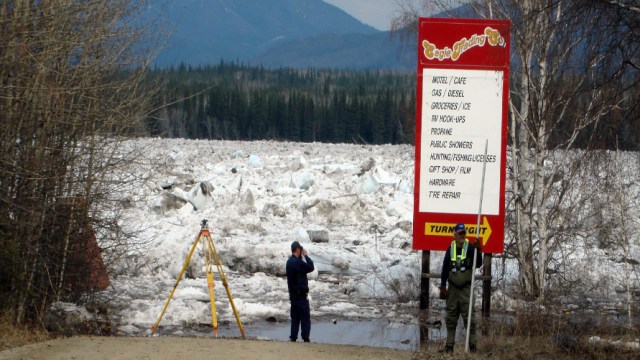The Boy Who Survived for 42 Minutes Underwater

A 14-year-old boy from Italy beat the odds: He survived after being submerged for 42 minutes in the cool April waters of the Milanese canal.
Elizabeth Palermo from LiveScience reports that the boy, only identified as “Michael” in the press, dove off a bridge into a canal with friends only to not resurface. Rescue crews managed to free him nearly an hour later; his foot was caught on something under the water.
After a month of being on life support, he woke up, and reports indicate that he seems to be doing fine. But his survival leaves so many questions — as stories like this often do. It does seem quite miraculous.
Dr. Zianka Fallil, a neurologist at North Shore-LIJ’s Cushing Neuroscience Institute in New York, wants to share her own suggestions for what may have happened. She explained to Palermo that two physiological processes may have come into play to help aid in the boy’s survival.
The first, Fallil suggests, is the “diving reflex.” It’s a response seen in aquatic mammals as well as human babies, where they instinctually hold their breaths and open their eyes underwater. But underneath the surface, blood vessels are constricting and being directed to essential organs, such as “the brain, the heart, the kidneys,” Fallil said.
But she believes the brain-cooling hypothesis seems to be the most acceptable for surviving long-term submersion in Michael’s scenario.
She explained to Palermo:
“The selective brain-cooling hypothesis [states] that, the quicker the brain cools, the more likely it is to survive.”
When submerged in cold water, a process is triggered. As the body retains carbon dioxide from its inability to breathe, the blood vessels in the brain dilate, allowing colder blood to circulate.
Fallil admits that it’s difficult to say for sure how exactly the boy survived. There are certain ethical barriers that hinder scientists from recreating a drowning scenario in a lab. So, they must look to real-life events for their data.
Fallil said:
“There are a few studies that have looked at near-drowning victims to see if age, the duration of submersion, or the temperature of the water had anything to do with survival. And the one thing that they did find a correlation with was time of submersion.”
The truth is we may never know for certain the chain of events that led to Michael’s survival. It may be brain cooling and a bit to do with diving reflex, but Palermo writes that “[i]t’s just as likely that he survived because he received excellent medical attention, including the use of extracorporeal membrane oxygenation, or ECMO (a form of life support that removes carbon dioxide from the blood and oxygenates red blood cells).”
Read more at LiveScience.
Photo Credit: Shutterstock




